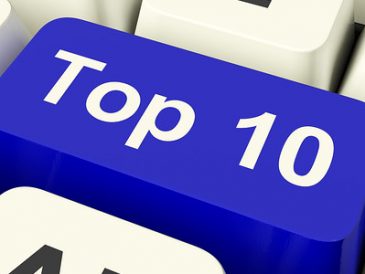Xero does have various country-specific versions but not a Japanese version, only a global version, so you may wonder if the global version is suitable for Japan. The short answer is Yes but there are some provisos:
- Tax accountant – you must find a tax accountant who can read at least a moderate amount of English. Most tax accountants in Japan cannot read English well which means it is impossible for them to use Xero and even if they do read English, they would nearly always prefer to use a Japanese accounting program and we all know how frustrating it is to have to learn a new program. The way to get around this is to hunt down one of the very few Japanese tax accountants who does work with Xero or use a Xero advisor who can review your accounts in Xero and prepare a reliable set of financial statements which the tax accountant can rely on and use to prepare the tax return without having to check the details in the accounts.
- Consumption tax – Japanese consumption tax is the Japanese version of VAT and GST and is nothing like as complicated as it is in many other countries so Xero can handle it perfectly well. There are only two basic rates of consumption tax: 8% for food and 10% for everything else. The component fields in Xero are not required. The consumption tax return is filed only once a year by your tax accountant so you don’t have to worry about such things as a quarterly or monthly BAS.
- Payroll – the Global version of Xero comes with a simple payroll module which will do the job in a simple situation, e.g. if you have a small number of employees, say up to 20, who are paid the same amount with the same deductions month after month or week after week. Xero does not contain any Japanese tax or social insurance tables of course so if these change, you will have to refer to the Japanese tax tables and social insurance tables. This may not be too hard if you have some understanding of Japanese tax and social insurance but you may well want to get expert help. The alternative to using Xero Payrun is to use a Japanese payroll specialist; fortunately, these are easy to find and very affordable. They can prepare the monthly payroll for you and you simply enter the summary into Xero using a manual journal.
- End of year employee tax certificates – the Japanese equivalent of a P60 in the UK or a group certificate in Australia is all in Japanese, very complicated and laborious to do. So even if you are using Xero Payrun, you will have to use a Japanese tax accountant or payroll expert to prepare these for you.
- Sales invoice layout – Japan tightened up its consumption tax system on 1 October 2023 and introduced the “qualified invoice” system. This requires all business who are registered in Japan to comply with certain requirements on their sales invoices, such as stating the tax registration number. Xero can easily cope with these requirements except for one, which is to state the total sales amount by tax rate and the total tax thereon in a footer on the invoice. This requirement seems to me to be excessive and unnecessary and I don’t think it is required in any other country that uses a value added tax system. Furthermore, it has come with a huge cost as it has mandated all businesses in Japan to update their point of sale software or throw out all their preprinted invoices and get new invoices printed. Xero does state the total tax by rate but does not show the total sales by tax rate. If your sales invoice includes only one tax rate, which would be the case for the vast majority of invoices issued in Japan, then I think your safe with a standard Xero invoice. If your sales invoice includes both 10% and 8%, then strictly speaking you will have to add a note somewhere on the invoice to show the total sales and tax by tax rate; or you could add a manual note. To date, the tax office has not banned the use of Xero in Japan and no tax accountant has advised me that Xero is no longer acceptable so I think it’s safe to carry on with Xero and see how things evolve.
- English language ouput – Xero reports are all in English, of course, and the tax office does not object to a business keeping its accounts in English. You can present financial statements and a general ledger in English to the tax office, if asked, and they will accept it. You can enter Japanese characters in Xero if you want to, e.g. you can have a bilingual chart of accounts to help your Japanese tax accountant and/or bookkeeper.
- English language input – all windows and fields in Xero use English, of course, so your bookkeeper should be able to read some English. It’s also easy to remember which button to click on by its colour and position so data input should not be a problem. You can enter Japanese characters in all fields within Xero.
If you are already using Xero for other related companies, then it makes perfect sense to also use Xero for your business in Japan. Using different accounting programs within a group of companies would be very tedious and frustrating.
I have successfully used Xero in Japan with over one hundred businesses, using twenty or more different Japanese tax accountants during the last twelve years so if you need any more help with using Xero in Japan, please get in touch.




